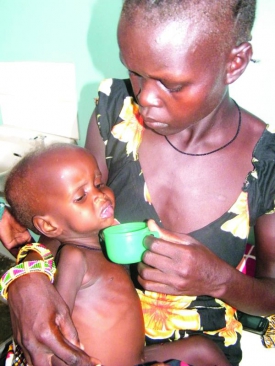
An interesting research conducted in Guatemala, Mexico in 1969 is true to Kenya today as is to the world. The research involved pre-school children in several villages, where one group was given a nutritionally enhanced diet, compared to a control group in neighbouring villages, who got a nutrient deprived diet.
The children, now adults, were re-visited 35 years later, writes Dr Bjorn Lomborg in the book, The Nobel Laureates' Guide to the Smartest Targets for the World (2016-2030), revealing startling differences. Lomborg came into prominence after the publication of his controversial book The Skeptical Environmentalist.